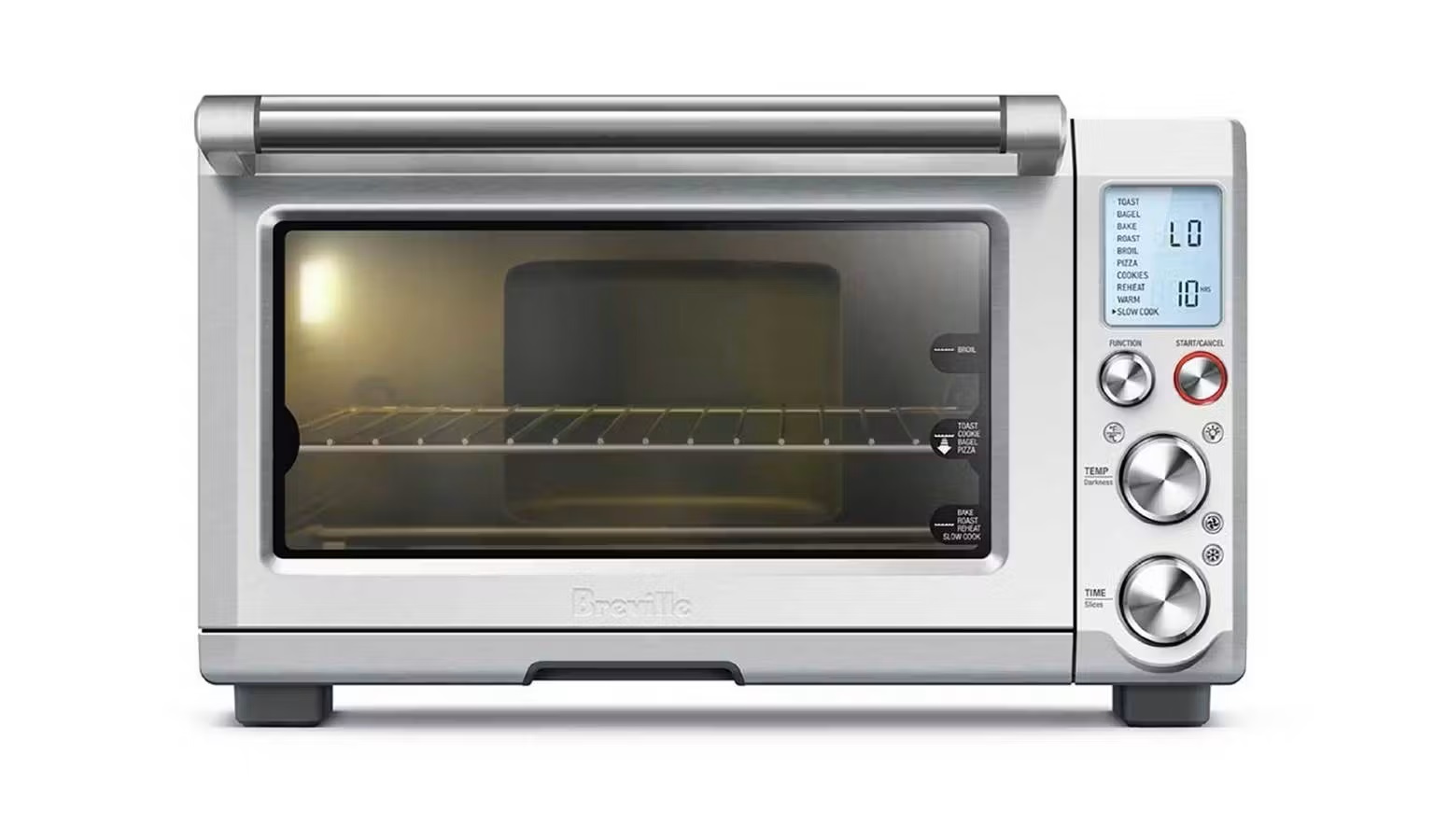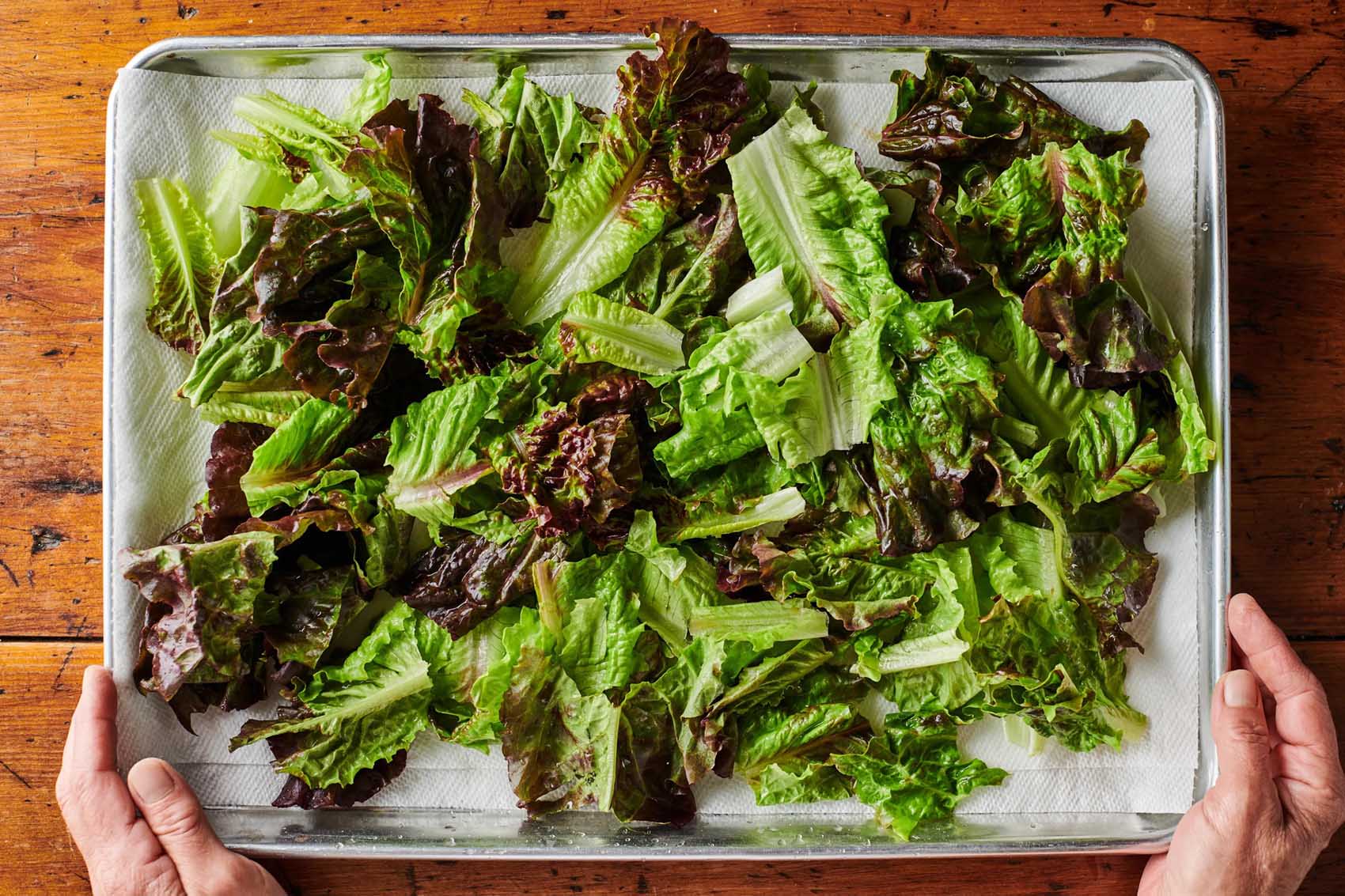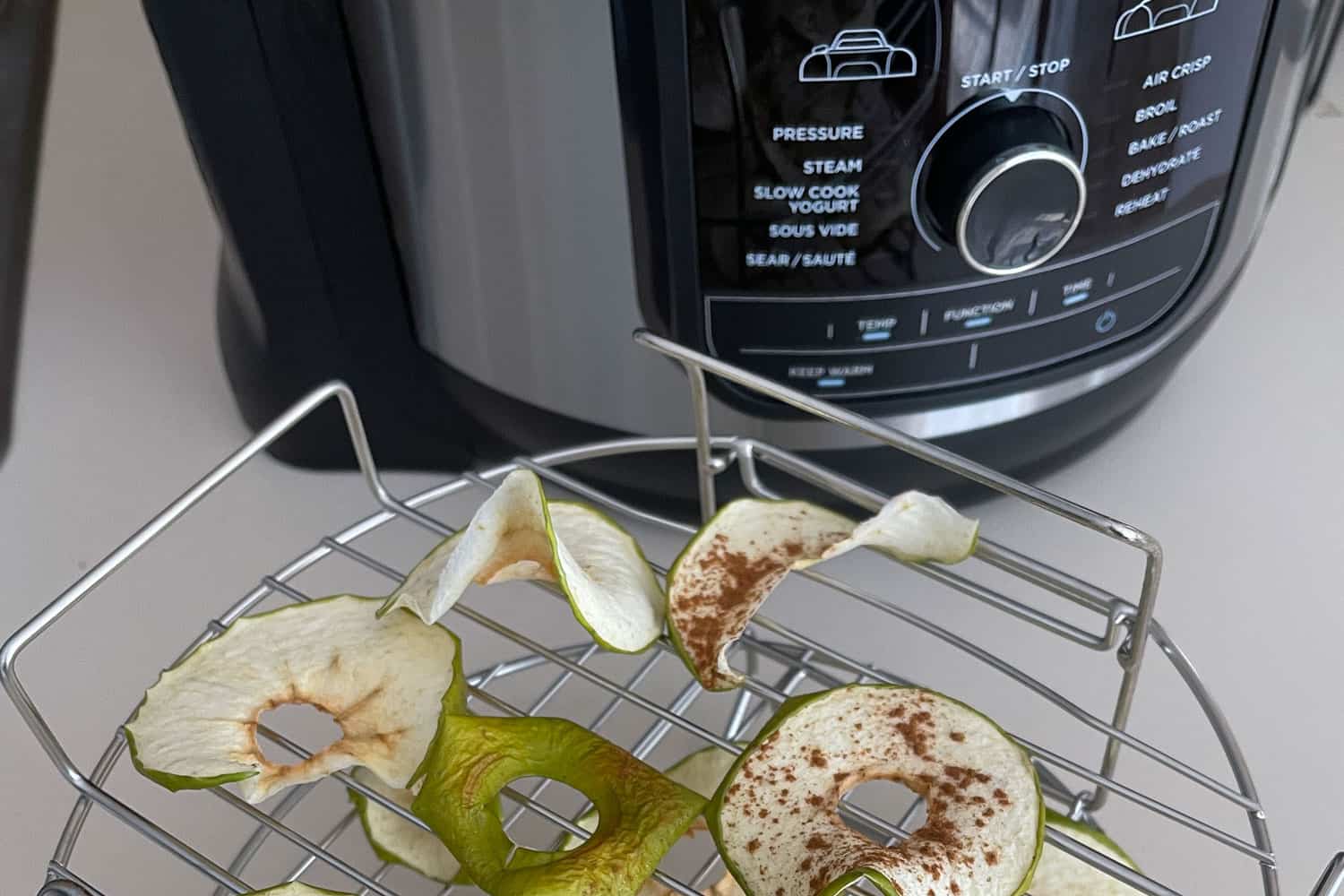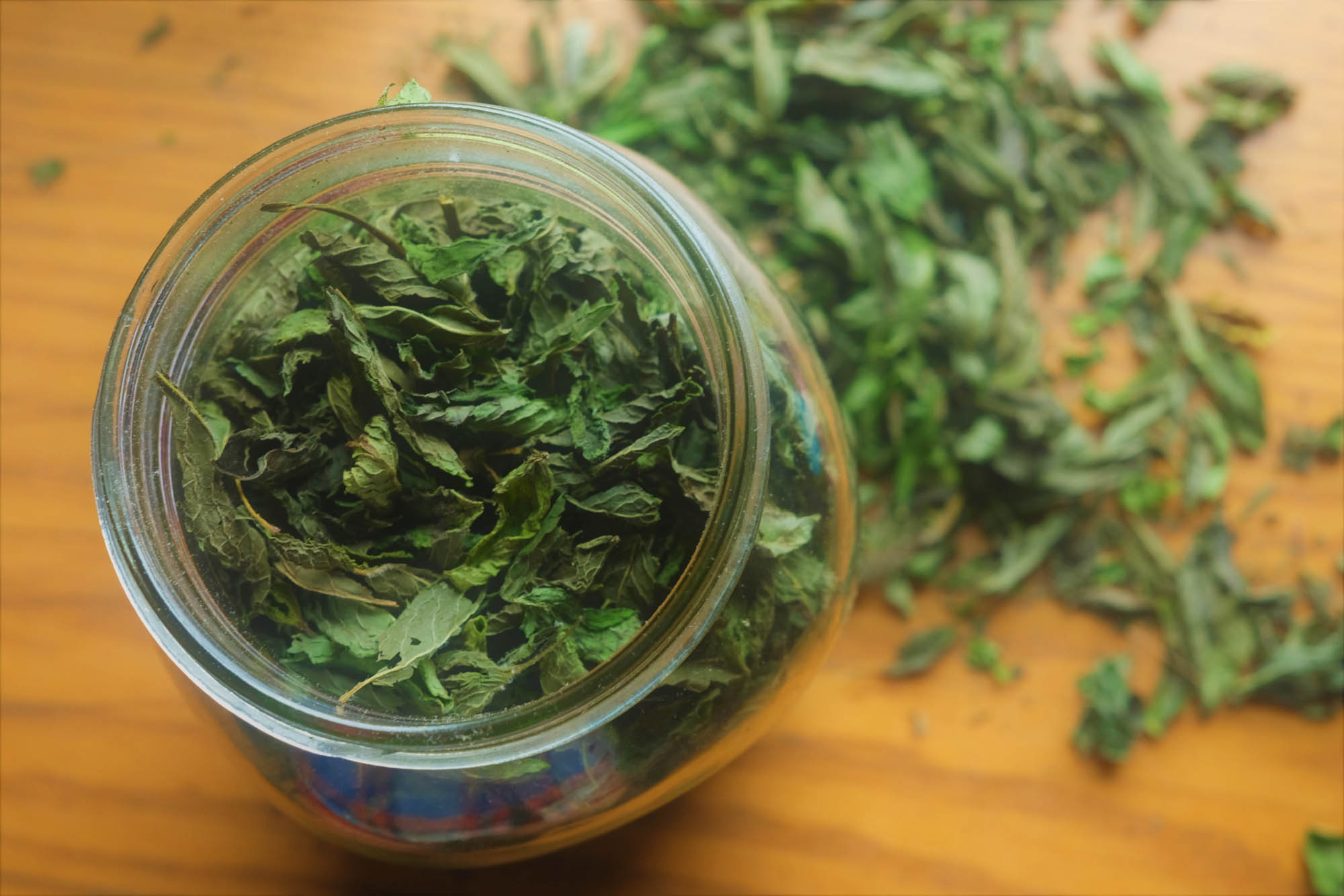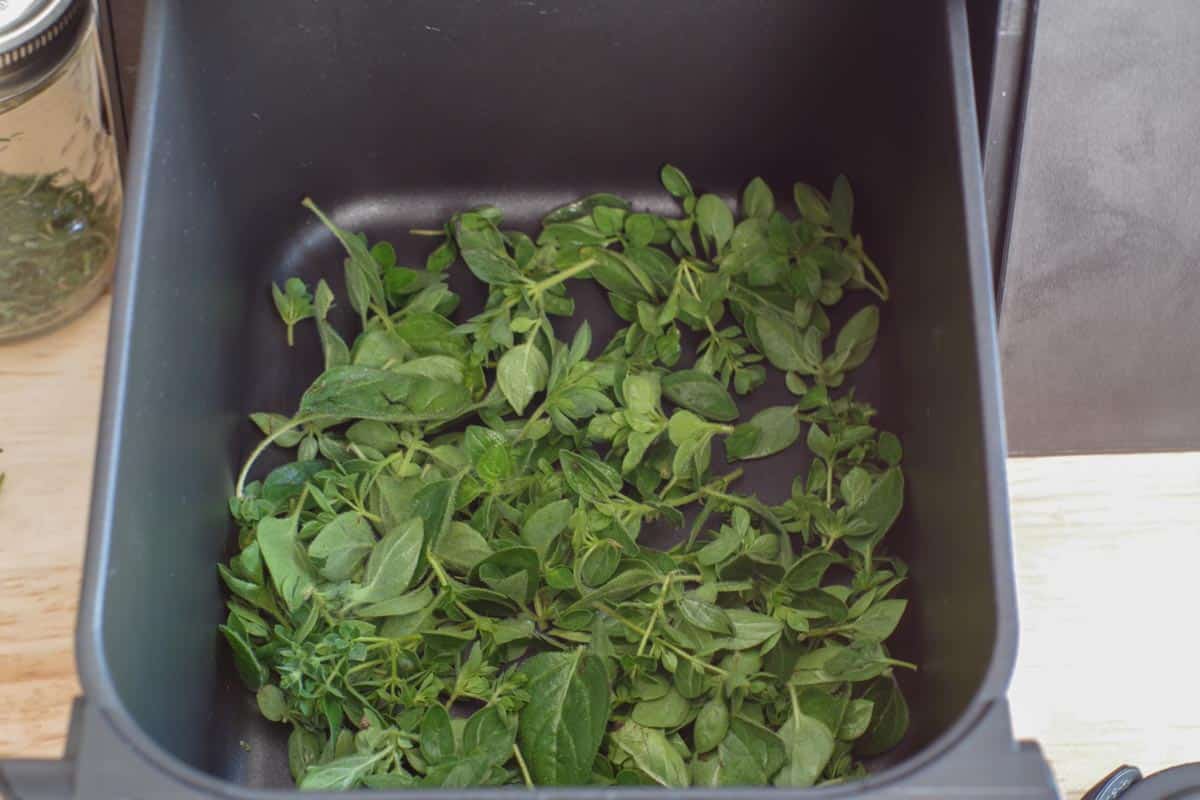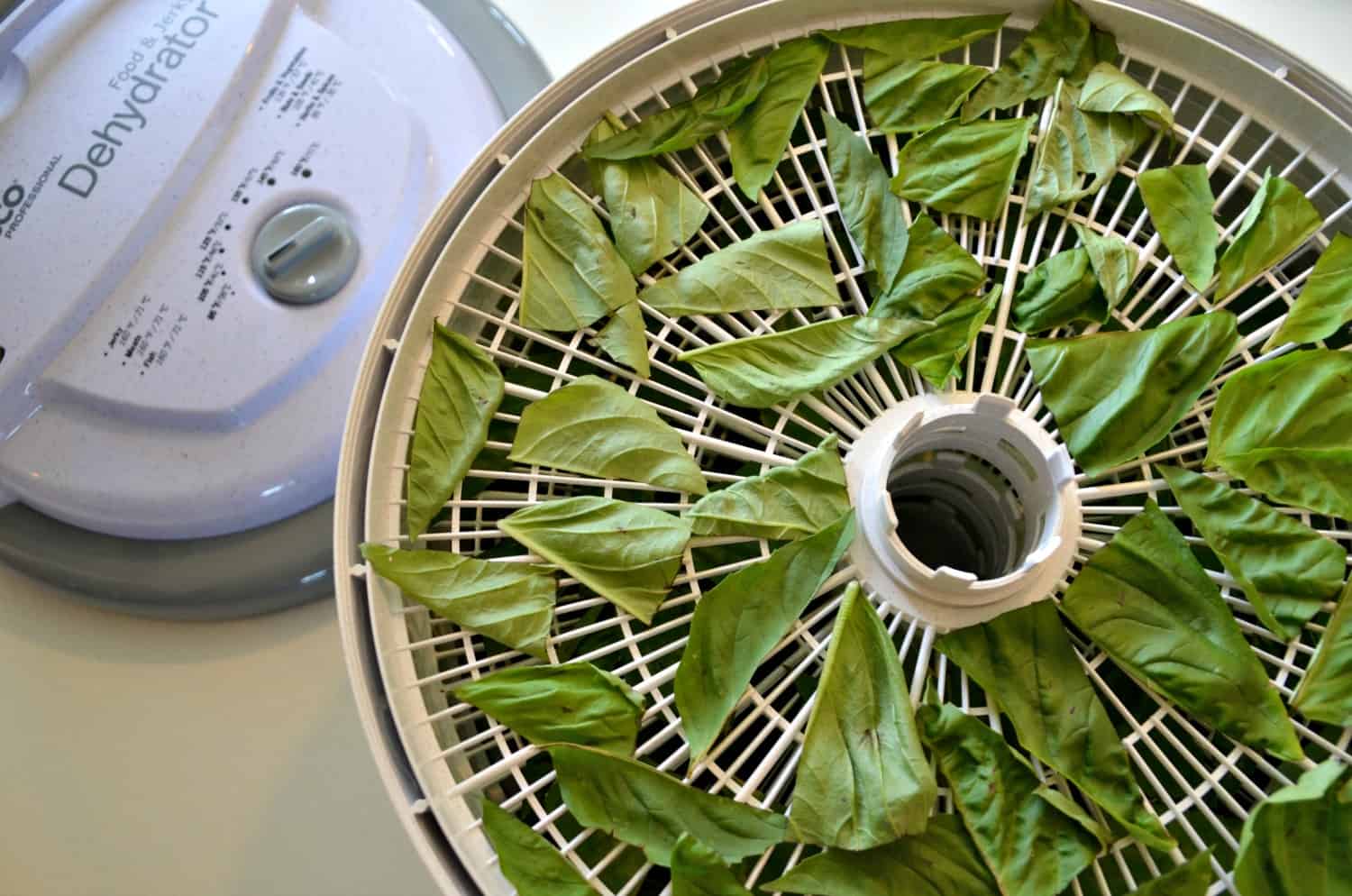Dehydrating Riced Broccoli: A Nutritious and Convenient Option
Dehydrating riced broccoli is a simple and efficient way to preserve this nutritious vegetable for long-term use. Whether you want to reduce food waste, create your own healthy snacks, or stock up on ingredients for future meals, dehydrating riced broccoli is a great option. In this article, we’ll explore the benefits of dehydrating riced broccoli and provide a step-by-step guide to help you get started.
The Benefits of Dehydrating Riced Broccoli
Riced broccoli is a versatile ingredient that can be used in a variety of dishes, from stir-fries to soups and casseroles. When dehydrated, riced broccoli retains its nutritional value and can be stored for an extended period without the need for refrigeration. Here are some of the key benefits of dehydrating riced broccoli:
- Extended Shelf Life: Dehydrating riced broccoli removes the moisture content, which helps prevent spoilage and extends its shelf life.
- Convenient Storage: Once dehydrated, riced broccoli takes up minimal space and can be stored in airtight containers or resealable bags, making it easy to organize and access when needed.
- Nutrient Retention: Dehydrating riced broccoli preserves its nutritional content, including vitamins and minerals, allowing you to enjoy its health benefits even after long-term storage.
- Customizable Seasonings: Dehydrated riced broccoli can be seasoned before or after dehydration, allowing you to tailor the flavor to your preferences.
How to Dehydrate Riced Broccoli
Dehydrating riced broccoli is a straightforward process that requires minimal equipment and effort. Follow these simple steps to dehydrate riced broccoli at home:
- Prepare the Broccoli: Start by washing and thoroughly drying the broccoli. Remove any tough stems and cut the florets into small, uniform pieces.
- Rice the Broccoli: Use a food processor or a grater to rice the broccoli into small, rice-like pieces. Ensure that the pieces are evenly sized for uniform dehydration.
- Blanch the Riced Broccoli: Bring a pot of water to a boil and prepare an ice bath. Blanch the riced broccoli in the boiling water for 1-2 minutes, then immediately transfer it to the ice bath to stop the cooking process. Drain the broccoli thoroughly.
- Dehydrate the Broccoli: Arrange the blanched riced broccoli in a single layer on a dehydrator tray. Follow the manufacturer’s instructions for dehydrating vegetables, typically setting the temperature between 125-135°F (52-57°C) and allowing it to dehydrate for 6-12 hours, or until completely dry and crisp.
- Cool and Store: Once the riced broccoli is dehydrated, allow it to cool to room temperature. Transfer the dehydrated riced broccoli to airtight containers or resealable bags, ensuring that they are completely sealed to prevent moisture absorption.
Using Dehydrated Riced Broccoli
Once you have successfully dehydrated riced broccoli, you can incorporate it into various recipes and meals. Here are some ideas for using dehydrated riced broccoli:
- Rehydrating: To rehydrate dehydrated riced broccoli, simply soak it in hot water for a few minutes until it softens. You can then use it in stir-fries, soups, or casseroles.
- Snack Mixes: Season dehydrated riced broccoli with your favorite herbs and spices to create a nutritious and crunchy snack mix.
- Soup and Stew Thickener: Add dehydrated riced broccoli to soups and stews as a natural thickening agent, enhancing the nutritional value of your dishes.
- Baking and Cooking: Incorporate dehydrated riced broccoli into baked goods, such as savory muffins or bread, for an added boost of nutrients.
Dehydrating riced broccoli is a practical and sustainable way to enjoy this nutrient-rich vegetable throughout the year. By following the simple steps outlined in this guide, you can confidently dehydrate riced broccoli at home and explore its versatility in a wide range of culinary creations.
Whether you’re aiming to reduce food waste, embrace a more self-sufficient lifestyle, or simply enjoy the convenience of having dehydrated riced broccoli on hand, this preservation method offers numerous benefits for home cooks and food enthusiasts alike.
Was this page helpful?
Read Next: How To Dehydrate Fruit Leather

